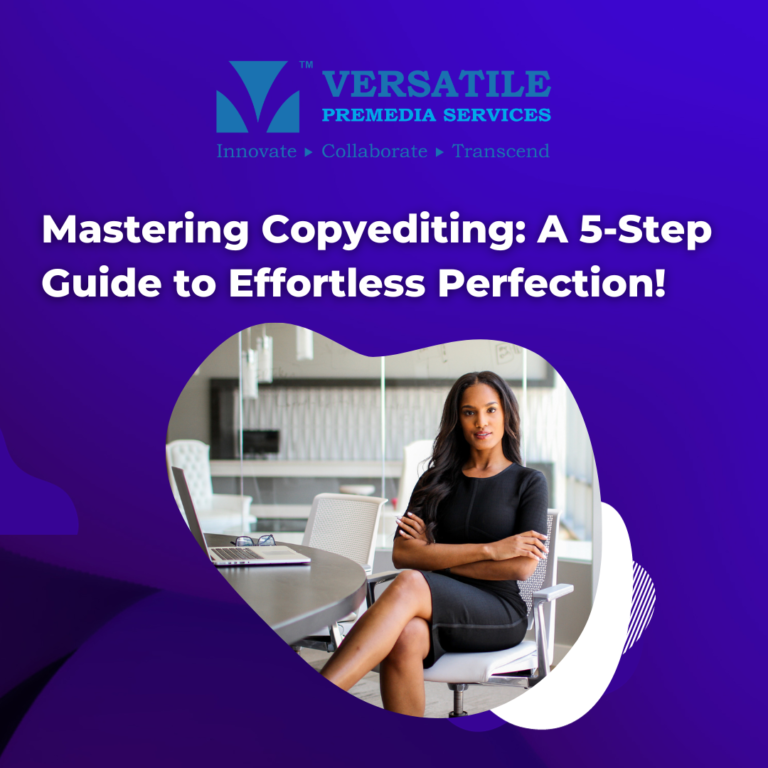A scene is a structural aspect of a story.
Your plot and characters are the main design, and the scenes are materials which you use to build it. Each scene is designed with a structure most easily explained as having a beginning, middle and end. A story or novel is a sequence of scenes connected, with narrative summary adding texture. The detailed information and action inside the scene brings life to your story. No matter how grand or simple your thoughts are, you must take it via a process, that converts it into a story.
Let’s see how we can achieve this.
Only you and the path of your tale can determine which kind of projection will work best for each scene. Choosing the right casting often needs research—-
*Personality Projection— It’s a good idea to get your characters on the page as soon as possible. If your scene launch continues for too many paragraphs, with no characters mentioned, the reader begins to feel drifted away from the story. If your character is present by the second paragraph in any given scene, you’re in danger of losing the reader. Scene ideas must be tightly attached to the design. You don’t want your reader to think that you have left them wondering why the character has not set out yet.
*Responsive Projection—Some writers are very keen on explaining every bit of action that is going on, from the beginning of a scene. The sooner you start the response in a scene; the more drive is available to carry the reader forward. They happen over a period of time, but once started it unfolds until its finished. The crucial part of creating strong momentum is to start an action without explaining anything.
*Descriptive Projection––Writers often try to include descriptions of the history of a place or the flashback of characters. When delivered in large measures, the narrative summary is to scenes what voice-overs are to movies. Yet, a scene projection is one of the most comfortable places, to use a reasonable amount of narrative summary.
*Site Projection—Sometimes setting details, e.g., moonlight sparkling on an ocean—are so essential to character creation, that visual settings must be included during the launch.
Here’s how to create a Dramatic Projection—-
—Specify Visuals—If your character is alone on an island, the reader needs to know the time is, what colour the sand is and are there rocks, shelter, or is it wild?
—Scene projection to follow a character’s feelings. If you have a sad character walking through a residential neighbourhood, the details of the home can reflect that sadness.
The scene projection happens so quickly and is soon forgotten too. It’s easy to rush through it, thinking it does not matter how you get it started. Take your time to design it correctly. Craft each scene as carefully and strategically as you can. A scene projection is an invitation to the reader, beckoning him to keep reading– so make the invitations as alluring as possible.
A happy reader will keep coming for more…



